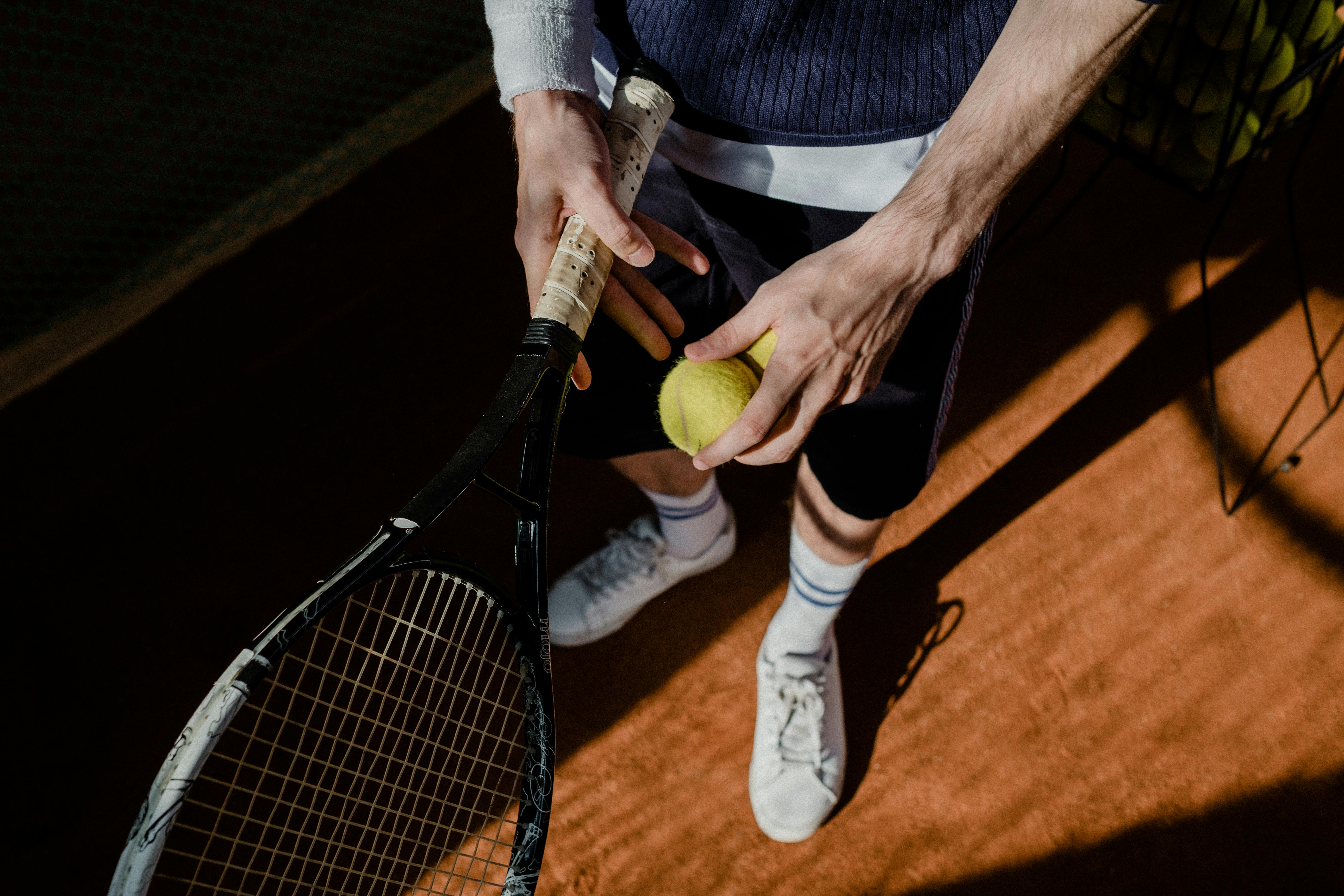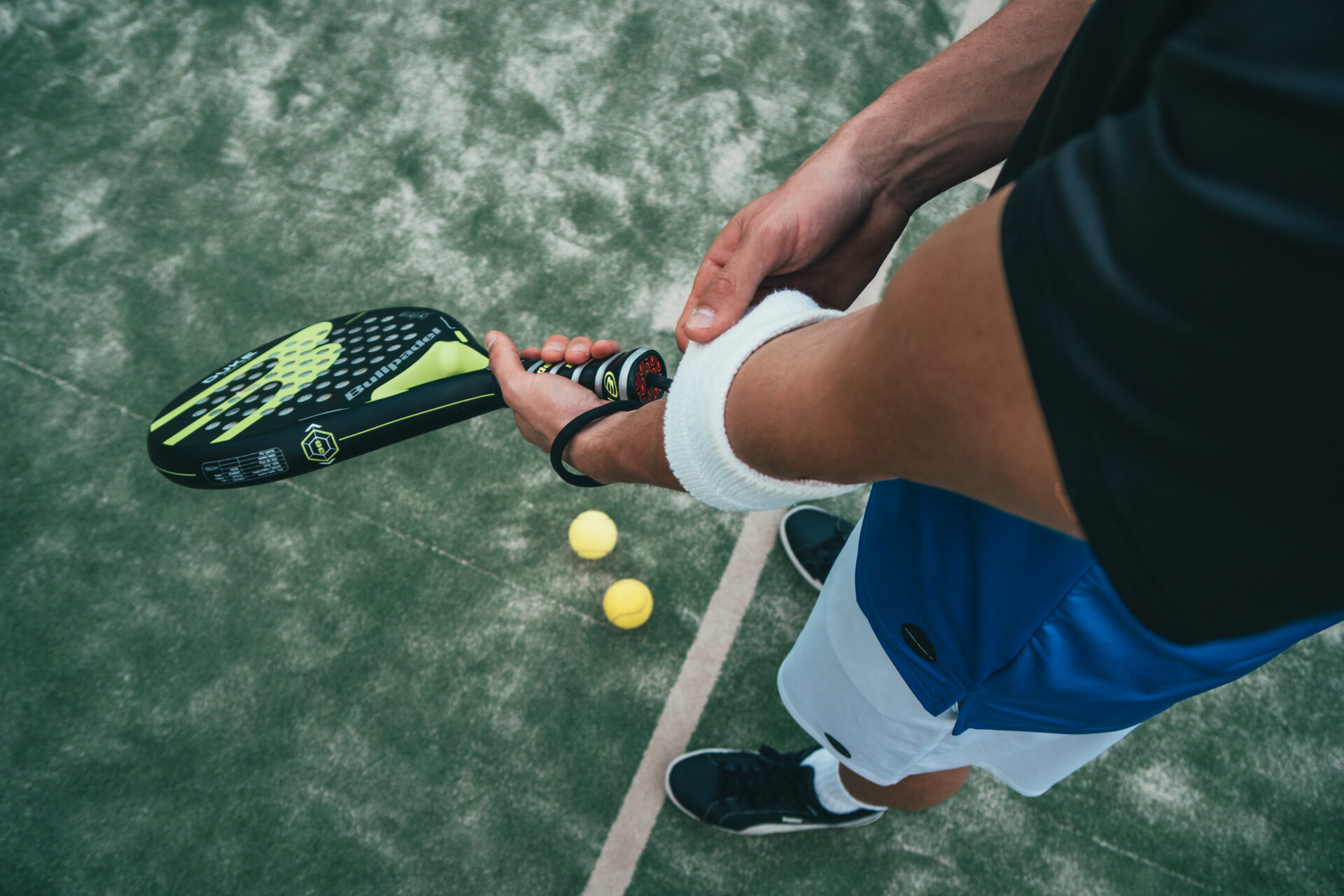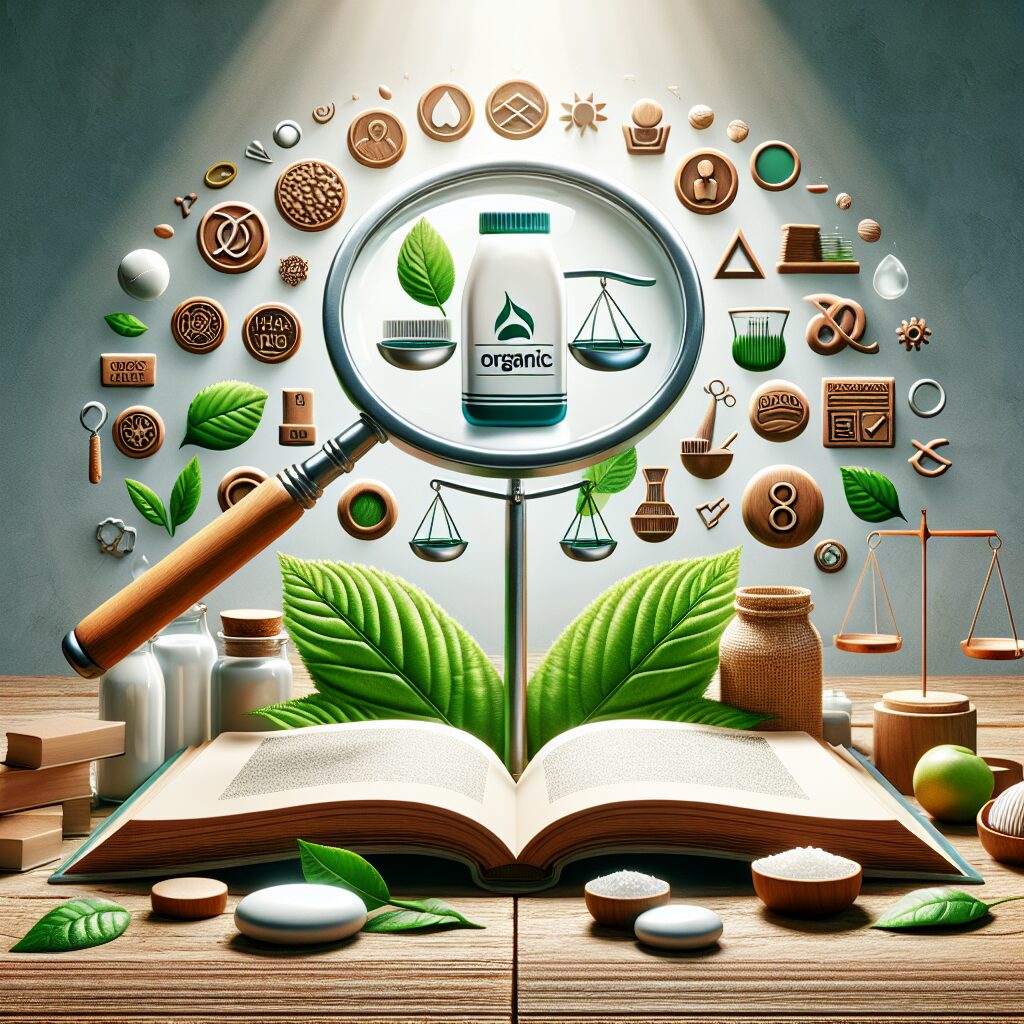Tennis balls are one of the most essential pieces of equipment for any serious tennis player. As such, it is important to know how long a tennis ball can last before needing to be replaced. This article will discuss the factors that affect the lifespan of a tennis ball, as well as provide an estimate on how long they typically last.On average, a tennis ball can last anywhere from two to five hours of play. However, the actual lifespan of a tennis ball can vary depending on the quality of the ball, the surface it is played on, and how frequently it is used.
Average Lifespan of a Tennis Ball
The average lifespan of a tennis ball depends on several factors, such as the quality of the ball, how often it is used, and how it is stored. Generally, a good quality tennis ball can last anywhere from one to three months with regular play. High-end tennis balls are designed to last longer than standard balls, but they may still need to be replaced after three months of regular use.
When storing a tennis ball, it is important to keep it in a cool and dry place. This will help the ball retain its bounce and shape for longer periods of time. It’s also important to avoid leaving the ball in direct sunlight or extreme temperatures, as this can cause the rubber to break down quickly.
If you are playing on an outdoor court, you may need to replace your tennis balls more often due to exposure to dirt and debris that can affect their bounce and lifespan. Additionally, if you are hitting with someone else or playing doubles, you may need to replace your balls more frequently due to increased wear and tear.
Overall, if you take proper care of your tennis balls and store them correctly, they should last for at least one month with regular play. However, depending on the quality of the ball and how often it is used, their lifespan may be shorter or longer than average.
External Factors Affecting the Life of a Tennis Ball
A tennis ball is an integral part of any game of tennis, and its life span can affect the performance of a match. There are several external factors that can have an impact on the life of a tennis ball. These factors include temperature, humidity, court surface, and the frequency with which it is used.
Temperature
Temperature is one of the most important external factors affecting the life of a tennis ball. The rubber used in making a tennis ball is sensitive to heat and extreme temperatures can cause it to become brittle and break down more quickly. High temperatures also make the air inside the ball expand, causing it to lose pressure over time. At lower temperatures, the air inside a tennis ball becomes denser and it will not bounce as much as when at room temperature.
Humidity
Humidity also plays an important role in affecting how long a tennis ball will last. When humidity levels are high, the air inside the ball becomes heavier and it will lose pressure more quickly than at lower levels. High humidity also reduces friction between the strings and rubber surface of a tennis ball, making it less responsive when hit with a racquet. In dry climates, however, the rubber on a tennis ball may become brittle more quickly due to lack of moisture.
Court Surface
The surface on which a tennis match is played can also have an effect on how long a tennis ball lasts. Hard surfaces such as concrete create more friction with each hit than softer surfaces such as clay or grass courts. This increased friction wears down both strings and rubber on a tennis ball faster than when playing on softer surfaces. Asphalt courts tend to wear down balls quicker than other types of courts due to their hard nature and abrasive surface texture.
Frequency Of Use
Finally, how often a player uses their balls can also affect its lifespan. If you are playing multiple matches in one day or using your balls for practice sessions several times per week, they may not last as long as if they were being used for only one match every few weeks or months. Frequent use causes both strings and rubber to breakdown quicker than if they were used less often by players who are only playing casually or once in awhile for fun with friends or family members.
Overall, there are several external factors that can affect how long your balls last before needing to be replaced with new ones for optimal performance during your next match or practice session!
Clean Your Balls
One of the best ways to make your tennis balls last longer is to keep them clean. Dirt and debris can build up on the felt of the ball, which can lead to premature wear and tear. To keep your balls in top condition, wipe them down after each use with a damp cloth or towel. You should also avoid using any abrasive cleaning products that could damage the felt of the ball.
Store Them Properly
When not in use, make sure you store your tennis balls properly. Storing them in a cool, dry place will help extend their life span. Do not leave them out in direct sunlight, as this can cause the felt to break down more quickly. Additionally, you should avoid storing your balls in humid areas, as this can lead to mold and mildew growth.
Inspect Regularly
Regularly inspecting your tennis balls is essential for preserving their longevity. Look over each ball for any signs of wear and tear like cracks or fraying felt. If you find any damage, it’s important to replace the ball immediately to avoid injury or reduced performance.
Avoid Extreme Temperatures
Extreme temperatures can cause damage to your tennis balls over time. Avoid leaving them out in extreme heat or cold for extended periods of time as this can cause warping or cracking of the felt material. If you need to store your balls outside during hot or cold weather, make sure they’re covered and shielded from direct sunlight.
Rotate Your Balls
Rotating your tennis balls during play is another great way to extend their life span. When playing with multiple sets of balls, switch out each set after about 10 minutes of play time so that none of them are overused or damaged too quickly. This will ensure that each set lasts longer and stays in top condition for longer periods of time.
Replacing Old and Worn Out Tennis Balls
Replacing old and worn out tennis balls is essential for a good game of tennis. The quality of the ball affects the speed, spin and trajectory of the ball, which in turn affects the outcome of the match. Poor quality balls can cause misjudgments by players and can lead to injuries. To ensure that you have the best possible game of tennis, it is important to replace your old and worn out balls regularly.
When replacing your tennis balls, it is important to consider the type of ball that you need. There are two main types: pressureless balls and pressurized balls. Pressureless balls do not require any additional air pressure, as they are made with a special foam material that retains air for a longer period of time. These types of balls are more durable and less prone to wear and tear, however they do not provide as much spin or power as pressurized balls.
Pressurized balls are filled with a gas such as nitrogen or oxygen, which provides additional power and spin when hit by a racket. These types of balls are more expensive than pressureless ones but will last longer if properly cared for.
When selecting new tennis balls, it is important to check them for any defects or damage before use. Look for any lumps or irregularities in the surface of the ball as this could affect its performance on court. It is also important to check for signs of wear on the seams or rubber shell as this too can lead to poor performance on court.
Finally, make sure that you store your new tennis balls correctly after purchase so that they remain in good condition for longer periods of time. Store them in a cool dry place away from direct sunlight and extreme temperatures as these can affect their performance on court. Additionally, ensure that you use them within a reasonable amount of time after purchase so that they remain at their optimum level throughout your game!

How to Tell if a Tennis Ball is Too Old
Tennis balls are an essential part of the game, but they don’t last forever. Knowing how to tell if a tennis ball is too old can help you keep your game in top condition. Here are some tips on how to tell if your tennis balls are past their prime.
First, take a look at the fuzz on the outside of the ball. If it’s worn off in spots or is discolored, it could be a sign that the ball is too old and should be replaced. You should also check for any signs of holes or tears in the outer rubber layer.
Next, feel the ball for any soft spots or lumps that weren’t there before. This could be an indication that the internal pressure has diminished and it’s time to get a new ball.
Finally, check for any discoloration or fading on the inside of the ball where it has been struck multiple times during play. This could be a sign that it has lost its bounce and should be replaced.
By following these tips, you can ensure that your tennis balls are always at their best and give you an edge on your opponents!
The Benefits of Using High-Quality Tennis Balls
Playing tennis can be an exhilarating experience, and it is often made even better when you are using high-quality tennis balls. Whether you are playing recreationally or competitively, there are many advantages to using the best quality of tennis balls available. Here are some of the key benefits that come with using high-quality tennis balls.
The first benefit is that they will last longer than lower quality balls. High-quality tennis balls are designed to be more durable and able to withstand the wear and tear that comes with frequent use. This means that you will not need to replace them as often, saving you both money and time in the long run.
Another advantage is that they will provide a better playing experience overall. High-quality tennis balls have a consistent feel and bounce, making it easier for players to control their shots and shots have more power behind them. This can help players improve their game faster than with lower quality balls, making them ideal for competitive play or drills.
Finally, high-quality tennis balls are also less likely to become damaged during play. Lower quality balls may become misshapen or cracked after just a few games, but higher quality ones will be able to withstand much more abuse before they start to show any signs of wear and tear. This means fewer interruptions in your game due to ball damage which can help keep your focus on the match itself rather than worrying about replacing balls in between points.
In summary, using high-quality tennis balls has many advantages for both recreational and competitive players alike. Not only do they last longer than lower quality ones but they also provide a better playing experience overall and are less likely to become damaged during play. So if you’re looking for the best way to up your game, make sure you invest in some top-of-the-line tennis balls!
What to Do With Old and Unusable Tennis Balls?
Tennis balls can become worn down and unusable after a certain amount of time. While this can be a bit disheartening, there are some creative ways to give old tennis balls a second life. Whether you’re an avid tennis player or just looking for something fun to do with your old tennis balls, here are some ideas for what to do with old and unusable tennis balls.
One great way to reuse old tennis balls is by using them as chair gliders. Cut the ball in half and slip it over the bottom of the chair legs – this will reduce the noise created when moving chairs around on hard floor surfaces. You can also use them as door stoppers, as they provide just enough cushioning to keep doors from slamming shut.
Old tennis balls can also be used in craft projects. Cut up the ball into smaller pieces and use them as stuffing for handmade pillows or stuffed animals. They can also be used to make mosaic art pieces or bulletin boards for kids’ rooms. If you’re feeling crafty, you could even make your own pet toys out of old tennis balls!
Finally, old tennis balls can be repurposed into pet toys. Cut open the ball and stuff it with treats or kibble – cats especially love chasing these around! You can also tie a rope through the middle of a tennis ball and create an interactive tug-of-war toy for your pup to enjoy. If you have birds in your home, try threading some string through a few holes in an old tennis ball and hang it up in their cage – they’ll love playing with it!
Old and unusable tennis balls don’t have to go into the trash – there are plenty of ways to give them a second life! From chair gliders and door stoppers, to craft projects and pet toys, there are plenty of creative uses for old tennis balls that can help you make the most out of your sporting equipment.

Conclusion
Tennis balls are an essential part of the game, and it is important to choose the right ones for your playing style and skill level. When used correctly, they can last for a long time and provide you with many hours of enjoyable gameplay. The average lifespan of a tennis ball is between 2 and 4 months, depending on how often it is used, and the quality of the ball. If you take proper care of your tennis balls and store them well, they can last even longer. With all this in mind, it is clear that tennis balls can be a great investment for any player looking to maximize their performance on court.
So how long do tennis balls last? By following the proper care instructions and replacing them as needed when signs of wear start to appear, you should get plenty of use out of your tennis balls before needing to purchase new ones.




